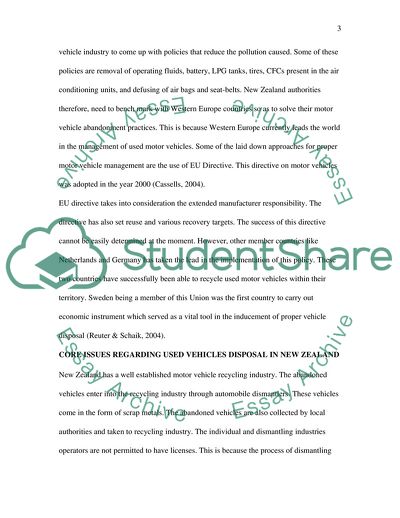Cite this document
(Abandoned Vehicles Problem in New Zealand Coursework Example | Topics and Well Written Essays - 1500 words - 2, n.d.)
Abandoned Vehicles Problem in New Zealand Coursework Example | Topics and Well Written Essays - 1500 words - 2. https://studentshare.org/engineering-and-construction/1802565-automotive
Abandoned Vehicles Problem in New Zealand Coursework Example | Topics and Well Written Essays - 1500 words - 2. https://studentshare.org/engineering-and-construction/1802565-automotive
(Abandoned Vehicles Problem in New Zealand Coursework Example | Topics and Well Written Essays - 1500 Words - 2)
Abandoned Vehicles Problem in New Zealand Coursework Example | Topics and Well Written Essays - 1500 Words - 2. https://studentshare.org/engineering-and-construction/1802565-automotive.
Abandoned Vehicles Problem in New Zealand Coursework Example | Topics and Well Written Essays - 1500 Words - 2. https://studentshare.org/engineering-and-construction/1802565-automotive.
“Abandoned Vehicles Problem in New Zealand Coursework Example | Topics and Well Written Essays - 1500 Words - 2”. https://studentshare.org/engineering-and-construction/1802565-automotive.


